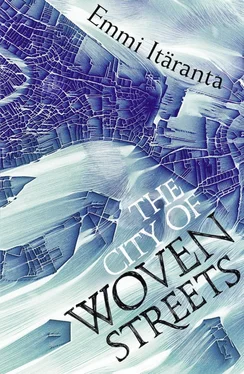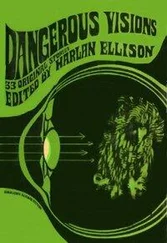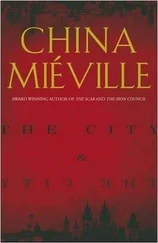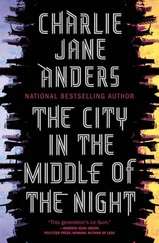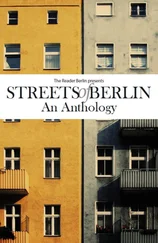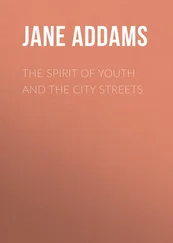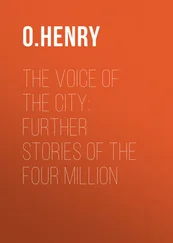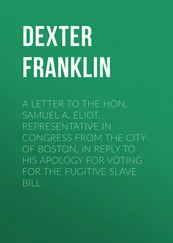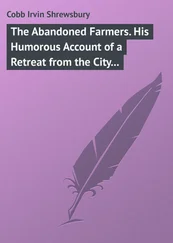I look behind, and I finally let go. The silhouette of the island rips apart once more, collapses on itself. I feel the rifts in me as the last threads of the Web of Worlds come loose from my grip, the limits of my body give in and my spirit goes astray. Far away and yet within myself I sense the smouldering thoughts like the last spark of a long-burned fire:
she is stronger than I knew, for she still lives,
she is stronger than I knew, for she still lives,
and from her dreams all threads reach for reality, and above
the starry night sky pulls me up until I am wind and light, rips apart to reveal a universe where nothing withholds me, and
another landscape opens ahead, a world that is ready to crumble or change.
I still wear scars on my knees from hitting the stones with the weight of the world. The mark on my forehead has faded on the edges, but it will never vanish.
I do not mind. Only the wounds of the dead do not scar.
For many years now, I have heard people speak of the island: seamen, merchants, those who seek stories. They tell of the crumbling outlines, turned unrecognizable long ago, and abandoned gondolas that drift half-sunken along the shores. But also of the odd fisherman drawing nets through the waters, or goats walking around small houses on the slopes, for when the ships left, some stayed. Someone always stays.
Some nights, when sleep is slow to come, I take myself for a stroll in the city, the way I imagine it now. No one walks in the Glass Grove. The sea has swallowed the Ink Quarters. A gull may land on the stained stones where wall-webs once ran, make a nest among the weather-worn pillars of stone and lost streets.
I like to think that in the House of Webs weeds and moss have taken root in the walls, and vines push through the broken windows. Maybe a tree grows there: behind the kitchen building, where hens used to peck grains from the ground and bean stalks climbed along poles. When the wind turns warmer after winter months, small, white flowers will blossom on the branches and butterflies will come, and bees. Or beetles, with shiny, green-black wings that whirr as they move. I will settle for beetles.
I know nothing more can remain of the Halls of Weaving than ashes. Yet in my mind’s eye they are very much like they used to be. The ruins of time and seasons are scattered across the floor, but the wall-webs have stayed untouched in the looms throughout the years, forever unfinished, stalled before they had time to reach their full form. The glow-glass pipes along the corridor stand lifeless and hollow, like veins drained of blood. At the end a dark door opens into the Tapestry Room. It is empty now. If a tapestry was spared from the flames, wind, heat and humidity will have gnawed it down. Or perhaps someone stole away what was left, defying the ghost stories of mighty dream-magic which brought along the destruction of the house and the island.
I do not believe in ghosts. If the island is haunted, it is by my dreams and memories.
The Tower is still there, but it is nothing more than a broken fang now, any sharpness long worn away by wind and water. The roof of the hall has collapsed, and a deep rift has torn the floor. At the bottom of it ink-coloured water churns and flings pieces of broken wooden poles. Through the roof structures that have cracked into a loose net I can discern the brightness of the bare sky.
It is in these images that I see them clearly for the first time.
Four of them have been cast against the back wall, still stuck to their seats. Stone slips on the humid, slanted floor, and half of the room has turned into a disjointed stage, the kind that has been tilted too far in one direction for a dramatic scene, but the machinery has got stuck and the show has been interrupted. They lie still, in strange postures, their eyes empty and without light. Their masks have fallen off and the flood has washed them away.
I do not approach them. Instead, I step towards the four still seated at the table. The table juts halfway in the air, over the sizzling current in the ravine. I stop next to the nearest seat.
The features are worn frail by the centuries. Under the traces of time I discern a high forehead and sharp cheekbones, a narrow-arching nose. The deep-hidden eyes do not look at me, do not know I am here. The gnarled fingers lie cold on the armrests. A growth of algae winds along the back of the cloak. A long and narrow crack runs across the stone neck. The other three statues stopped at the table are fully covered in spots of lichen, like a slow-moving illness has struck the dark-grey skin of stone.
Perhaps, when the sun reaches its highest peak, it will warm their skin for a moment, and a glow will rise to their faces that will resemble the glow on the faces of the living when they see something that makes them happy. But it is a mere echo of the light that is slowly burning the island and turning it into an islet of rock in the sea.
I leave the Council there, exposed under the touch of time and change.
Yet there is always another city I carry within, sealed in a crust of frozen past. For when sleep comes and turns me weightless, the island appears before me as it once was: in translucent brightness guarding it and distorting it.
In my dream, I approach the city through the air turned water. The Tower stands tall again, with the sun of stone spreading its sharp ray-fingers. The lights in the windows fade and I sink ever lower, until the top of the Tower looms far above me. I descend under the houses and streets, deeper, towards the seabed. There, where the light is slanted and soft as smoke, blood-red coral forests reach higher than any Tower ever. They grow dense and distant, and the movement of the water makes them look like the branches are swaying in the wind. Yet I know that if I placed my hand on them, they would be hard to touch, unmoving and painful to break. I might as well try to break off my own finger.
Above the blood coral I see a figure floating in the water-space whose limbs are only moved by the sea. I swim closer, and the current turns the figure’s head towards me. It is a young woman who wears my face. Her eyes are closed, like she is only sleeping. Seaweed has tangled around her body to protect and to bind. There may be a trace of life left in her, a last brief flicker that pierces her mind as it slides away. In that flicker she sees a future for herself and believes it to be true. Then there is but sea and silence, and an empty space where dreams lived.
Light unfolds, or darkness. The threads of reality are ready to move under my touch. I dream for those who cannot dream. I am awake for those who can never be awake again. I cannot do more, or anything less.
For our hours are brief and our days are brittle, and the marks our hands leave on the world belong to us and yet are beyond our own limits.
They say second novels are difficult, and The City of Woven Streets certainly lived up to that reputation. Throughout the writing process, I found myself thinking that there should be a support group for people working on their second book – and that I would start one myself if I wasn’t so desperately busy trying to deliver mine.
In the hindsight, and at the risk of sounding slightly melodramatic, I can only describe the experience as feeling like I spent three years in a fictional dark cave of my own making, looking for a way out. Emerging back to daylight was greatly helped by some people offering kind guidance along the way. For this assistance, I would like to thank:
My lately-on-hiatus writing group in the UK – Howard Bowman, Sarah Davies, Patricia Debney, Denny Flowers, Nancy Wilson Fulton, Nancy Gaffield, Janet Montefiore, Jeremy Scott; my agent Elina Ahlbäck; my writing group in Finland – Päivi Haanpää and Marika Riikonen; everyone at my Finnish publishing house Teos, with a special gold star to Jussi Tiihonen; the editorial team at HarperVoyager – especially Natasha Bardon, Emma Coode, Emily Krump and Eleanor Ashfield; my family in Finland; Mari Paavola for the image of creatures enclosed in amber, among other things; and José Casal for teamwork, always.
Читать дальше
Конец ознакомительного отрывка
Купить книгу
